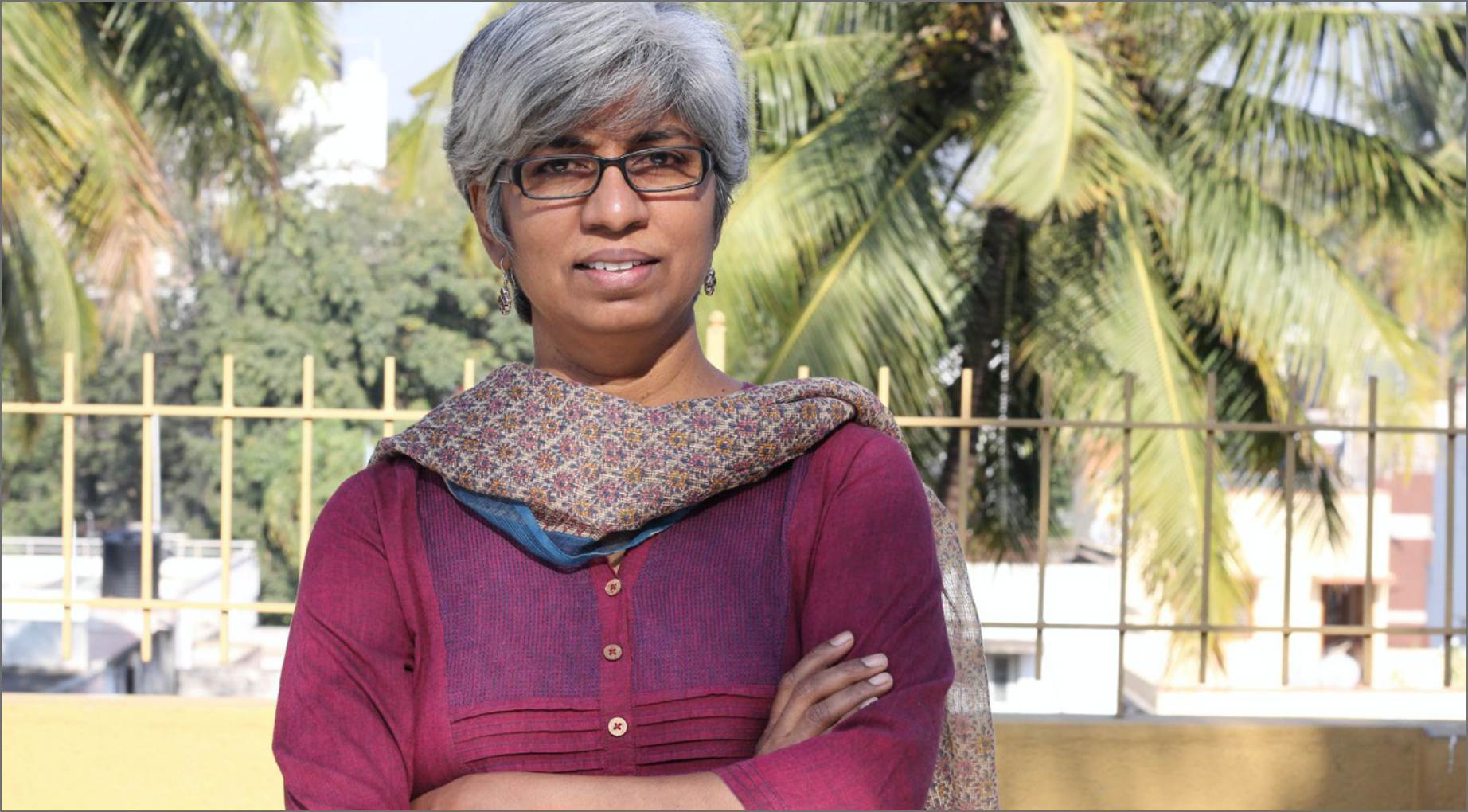A change of clothes
-
- from Shaastra :: vol 03 issue 10 :: Nov 2024

The textile industry is one of the world’s biggest polluters. But it is innovating its way to a more sustainable future.
More than three years ago, when the Shaastra team started brainstorming about the areas that needed to be covered actively in the magazine, our writers had come up with all the usual fields of research: fundamental research, aerospace, semiconductors, climate change, biotechnology, healthcare, artificial intelligence, quantum computing, and so on. As the magazine grew, our reporters began to come up with ideas that the public may not usually associate with a mainstream science and technology magazine. Indicatively, early this year, Shaastra published a Cover Story on music. A few months later, we did one on cooling technologies, and another on construction. Now we have a story on fashion.
The idea originated in July, when Aditi Jain worked on a story on clothing embedded with electronics. That report had dwelt on how electronics embedded in fabrics could harvest energy, provide health warnings, or act as safety devices (E-fabrics of the future). As she worked on it, Aditi learned about the big sustainability movement sweeping the textiles industry. Textiles are among the leading polluters, but the industry was trying to innovate its way to a more sustainable future, in anticipation of a stream of regulations expected in the developed markets over the decade. The story developed quickly. Two months later, we decided to put it on the cover.
Our Cover Story showcases the technological makeover under way in the textile industry so as to reduce pollution significantly.
The facts about pollution from the textile industry are as sombre as from any other industry. The industry is worth $1.7 trillion and employs 430 million people – about 12% of the working population, according to the non-profit Solidarity Center. As far back as in 2018, the Ellen MacArthur Foundation estimated that 22 million tonnes of textile waste would enter the oceans by 2050. This is after all the waste that goes into the landfills, at roughly one full truck every second. As happens in many serious problems, industry associations and observers also see an opportunity here. At least $500 million worth of garments can be recycled or reused every year. Our story is not about this opportunity but about early attempts at reinventing the industry completely.
Some of the industry's most serious problems are obvious. It is now common knowledge that polyester fabrics do not degrade in the environment. On the contrary, they disintegrate slowly, forming smaller and smaller fragments that can pollute the water and the food chain. Polyester fabrics shed clumps of molecules with each wash, and these small fibres have now penetrated water tables and the food chain all over the world. Some entrepreneurs are trying to develop clothing from agriculture waste, by using minimal amounts of water. Such fabrics were common more than a century ago, but old technology is not suitable for modern use. As the Cover Story shows, a few entrepreneurs are reinventing the entire value chain.
Similarly, chemicals are used in every step of the manufacturing process. According to the World Resources Institute, 20% of the industrial water pollution is from garment manufacturing. One cotton shirt uses up water that would have been enough for one person to drink for 2.5 years. Consumers around the world are buying more garments than ever while also using them for shorter durations. These factors combine to produce an industry that is desperate for innovative solutions. Aditi's story provides early examples of the change that will happen in the industry over the current decade.
India's $165-billion textile industry employs 4.5 crore people, and accounts for substantial exports. Regulations around the world will impact the industry and those who work in it significantly. Which is why garment manufacturers in the country are rolling up their sleeves and preparing for a technology makeover. This change will not be visible to the public immediately, but it will reduce the pollution from the industry in significant terms by the end of the decade.
Sustainability is a recurring theme for Shaastra. It is the predominant challenge of the 21st century, and its central concerns run through every industry. You could pick any large industry and run a Cover Story on the sustainability-related technologies it is developing. Shaastra will attempt such stories regularly in the future.
See also:
The whole new yarn about sustainable fashion
An AI stitch in time...
Have a
story idea?
Tell us.
Do you have a recent research paper or an idea for a science/technology-themed article that you'd like to tell us about?
GET IN TOUCH














